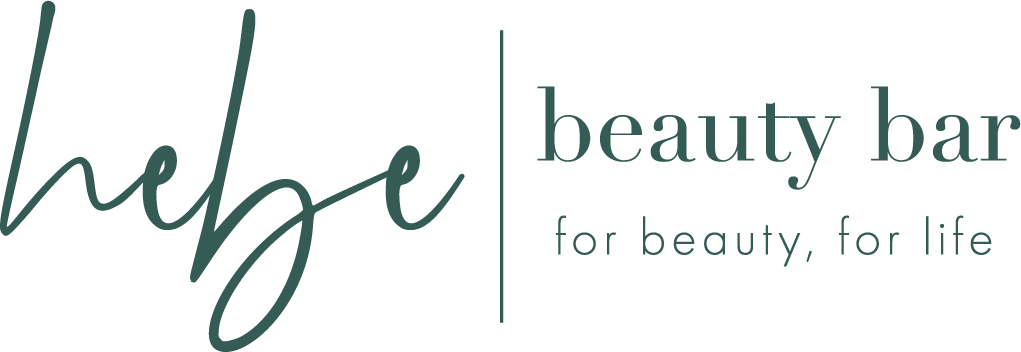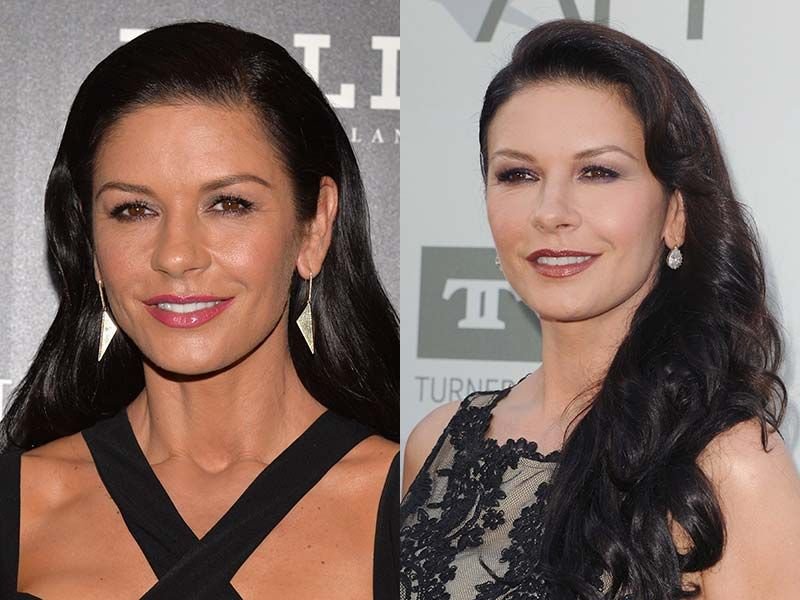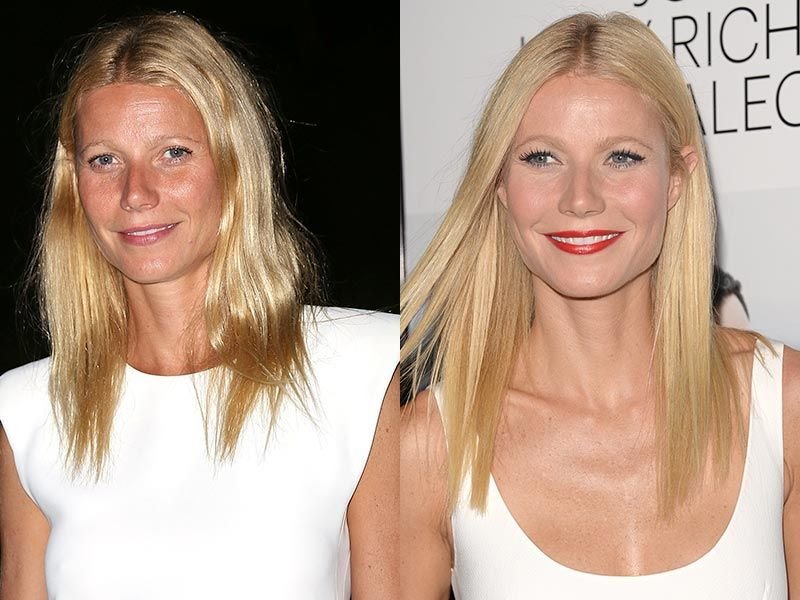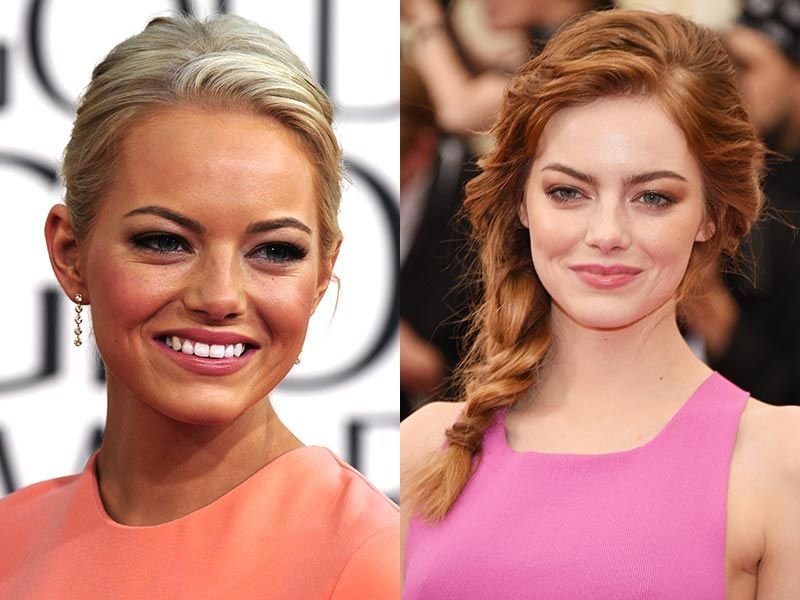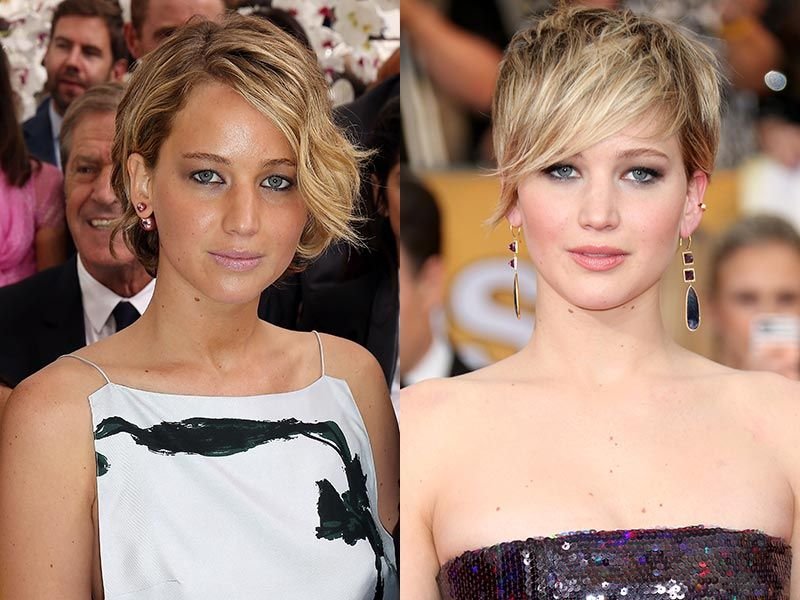Sunbed TikTok: The dark Side of Tanning Trends
Yes, I believed the days of sunbeds were a thing of the past. The rise of Y2K fashion and lifestyle has unfortunately brought back an interest in the hyper-tan look. TikTok in particular is known for its ability to push niche trends into the mainstream, has had a huge influence on its young users’ opinions on tanning beds.
Sunbed TikTok has recently gained popularity as influencers share their experiences preparing for a sunbed session. One influencer opts for loose-fitting clothing, while another uses a “sniffable” watermelon-flavoured tan accelerator and tags the brand in her bio. Sunbed content has become a trend, with various topics like cream reviews, viral hacks, and Get Ready With Me videos. This resurgence is driven by young users, despite the health risks associated with sunbed use, particularly among those under 30.
In the world of sunbed TikTok, the fascination with achieving a deep tan has created a virtual community of sunbed enthusiasts. Influencers regularly post their sunbed journeys, complete with tips, tricks, and product recommendations, fostering a sense of camaraderie among their viewers. The hashtag #sunbed has amassed a staggering 549 million views, indicating the widespread appeal of this content.
This user even makes light of the very real consequences of tanning beds: skin cancer.
The re-emergence of sunbed culture can be attributed in part to the allure of the platform itself. TikTok’s algorithmic recommendations, known as the For You Page (FYP), significantly introduce users to new content tailored to their interests. As a result, young individuals are exposed to sunbed-related content, sparking curiosity and influencing their choices.
However, amidst this popularity, it’s crucial to acknowledge the potential health risks associated with sunbed usage. Health Canada states that these tanning devices can emit on average 2 to 14 times more UVA radiation and up to 10 times more UVB radiation than the sun at noon in the summer. Studies have even shown that even a single session on a sunbed can increase the risk of melanoma, a severe form of skin cancer, by 20 percent. The risk escalates to a staggering 87 percent for those under 30. Despite these warnings, some users seem willing to overlook the health implications in pursuit of a coveted tan.
While sunbed TikTok has undeniably played a role in the resurgence of sunbed culture, it also presents an opportunity to educate users about the importance of sun safety. By striking a balance between embracing self-expression and prioritizing health, influencers can contribute to a safer and more informed sunbed community on the platform.
Medical professionals and skincare gurus alike share responses to Sunbed TikTok in the hopes to correct misinformation, explaining the dangers or simply influencing their audience in any way they can to stop tanning.
Tanning beds are artificial devices designed to emit ultraviolet (UV) radiation. UVA radiation is the most common type used in commercial tanning salons. UVA penetrates deeper into the skin damaging skin cells called keratinocytes in the lower layers, where most skin cancers occur. UVA can create a quick darkening of the skin.
The risks of tanning beds
Increased Risk of Skin Cancer: The most serious danger of tanning beds is their strong association with skin cancer. Prolonged exposure to UV radiation from tanning beds significantly increases the risk of developing skin cancers, including melanoma, the most lethal form of skin cancer.
International experts from the World Health Organization (WHO) and the International Agency for Research on Cancer (IARC) found significant evidence of an association between artificial tanning and the development of skin cancer.
The WHO and IARC also determined that the use of tanning equipment can increase the risk of developing melanoma by 59% if the age of first exposure was prior to 35 years of age.
In 2009 the WHO changed the classification of the use of UV-emitting tanning devices to "carcinogenic to humans."
Premature Aging: Frequent use of tanning beds accelerates skin aging. UV radiation damages the skin’s collagen and elastin fibres, leading to the appearance of wrinkles, fine lines, and sagging skin. Premature aging caused by tanning beds can make individuals look older than their actual age.
Eye Damage: Tanning beds emit intense UV radiation that can harm the eyes. Without proper eye protection, exposure to UV rays can cause eye irritation, redness, and in severe cases, corneal burns and cataracts. Long-term UV exposure can increase the risk of developing eye conditions and vision problems.
Weakened Immune System: Excessive exposure to UV radiation from tanning beds can suppress the immune system, making individuals more susceptible to infections and illnesses.
Sunburns and Sun Sensitivity: Tanning beds can cause severe sunburns, especially in individuals with fair skin or those who use tanning beds without proper precautions. Additionally, regular use of tanning beds can increase the skin’s sensitivity to sunlight, leading to a higher risk of sunburns even with minimal sun exposure.
Uneven Tanning and Skin Damage: Tanning beds can lead to an uneven tan, with some areas of the skin getting more exposure than others. This can result in an unattractive and unnatural-looking tan. Moreover, frequent tanning bed use can cause skin damage, such as dark spots, freckles, and moles, which may require medical attention.
Addiction and Dependency: Some individuals can become addicted to tanning bed use, driven by the desire to maintain a tanned appearance. This addiction can lead to a compulsive need for tanning, increasing the risks of overexposure and ignoring the potential health consequences.
Inhaling your tan
I’m afraid the tanning obsession doesn’t end with sun beds. TikTok users also share their experiences with tanning nasal spray. Yes, a tan you inhale. Many of the pages posting about the products are paid advertising. It’s unclear whether or not these influencers are aware of the dangers of the products they are promoting to their audiences. One thing that is important to know is the fact tanning nasal spray is illegal to sell in many countries but not illegal to buy. Many shady online companies are willing to take their chances to make a quick profit.
Tanning nasal spray, also known as a nasal tanner, has gained some attention online as a way to achieve a deep tan fast. It’s essential to understand the potential dangers associated with using such products.
Risks of tanning nasal spray
Unregulated Products: The main concern with tanning nasal spray is that it is often not regulated or approved by health authorities. The lack of regulation means that the safety, quality, and effectiveness of these products may not be adequately assessed. Users may unknowingly expose themselves to substances with unknown risks, leading to unpredictable outcomes. Often times these products are sold on online stores.
Health Risks: Tanning nasal spray contains synthetic peptides, like Melanotan, that stimulate melanin production in the body. While melanin is responsible for pigmentation and natural tanning of the skin, the excessive use of synthetic peptides can lead to uncontrolled and uneven melanin production. This may result in the appearance of dark spots, freckles, or even an unnatural-looking tan.
UV Exposure: The tanning spray requires you to expose yourself to harmful UV rays in order to trigger your body to produce melanin. Often times on TikTok you will see users going into tanning beds after inhaling their spray.
Side Effects: Users of tanning nasal spray have reported a range of side effects, including nausea, vomiting, diarrhea, erectile dysfunction, dizziness, headaches, and increased blood pressure. Additionally, some individuals have experienced skin darkening in unexpected areas of their bodies, such as the lips, gums, and nails, which can be concerning and aesthetically undesirable.
Eye Damage: One significant risk of tanning nasal spray is that it can cause damage to the eyes. The product can spread from the nasal passages to the eyes, leading to eye irritation, redness, and potential long-term eye damage. It is crucial to protect the eyes from any contact with these substances.
Unknown Long-Term Effects: Since tanning nasal spray is a relatively new trend, the long-term effects of its use are not fully understood. The potential risks associated with extended or repeated use of these products are yet to be comprehensively studied, making it uncertain how they might impact overall health in the long run.
Dependency: Some users may become psychologically dependent on tanning nasal spray, chasing the desired tan and feeling dissatisfied with their natural skin tone. A strong fixation on achieving a specific appearance can lead to tan dysmorphia, a harmful obsession with tanning products, and neglecting the importance of sun protection and overall skin health.
Tanning Alternatives
In light of the dangers associated with tanning beds, and tanning nasal sprays, health organizations, including the World Health Organization (WHO) and the American Academy of Dermatology (AAD), strongly discourage their use. Instead, they advocate for safer alternatives such as sunless tanning products, like self-tanning lotions and topical sprays, and emphasize the importance of using sunscreen and protective clothing to shield the skin from harmful UV rays. It is vital to prioritize sun safety and protect the skin from excessive UV radiation to reduce the risk of skin cancer and other health issues associated with tanning bed use.
Spray tans have come a long way since 1998. Modern tan artists have the ability to give you a seamless, glowing natural tan in a single session. You can’t tell these spray tans apart from the real deal.
Why tan at all?
Maybe the best thing to do for your mental and physical health is to decide a tan isn’t for you at all. I have collected a few celebrities who look better without their tans to inspire you to embrace your natural skin tone.

